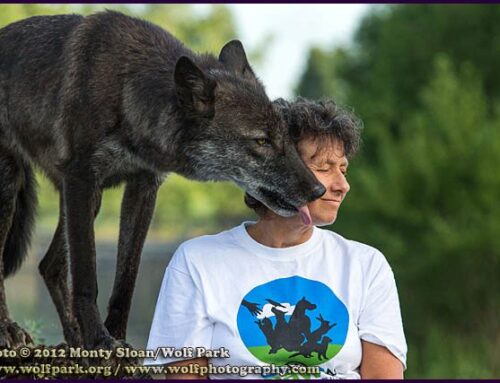As humans, despite the incredible ability to think about more than the obvious, we tend to focus on what we see. In the case of our dogs it’s their behavior. We are able to accept that there are some behaviors performed by humans, many which cross the line and are crimes, which if not forgivable, at least we understand and offer a degree of leniency to the offender. Steal a flat screen TV and you’re a thief. Steal food to feed your kids and you may still be a thief but only the hard-hearted (and completely literal) will send you to jail for it. Shoot your spouse to benefit from an insurance policy and not only does the possibility exist that it will become a made-for-TV movie, but here in the U.S. we may kill you for it. Shoot your spouse because they beat you or you stumble upon them in the arms of your best friend, and you may spend your life in jail or not (depending on the skill of your lawyer and the size of your bank account), but a jury of your peers may find it in their hearts and minds to spare you the electric chair (or whatever method of killing people is currently in vogue). We call them ‘mitigating circumstances‘.
I received an email from a woman with a 100lb dog who would drag her home at the sight of a small dog. The trainer working with the woman suggested she sit with the dog while small dogs passed and ignore her until the dog offered a ‘calm behavior’ and then reward her for it. The suggestion makes sense when you focus on behavior, but in my opinion the best part of the suggestion was that the woman sit down, being dragged from a sitting position is probably a wee bit safer than being pulled down while standing.
Imagine being in a room and noticing smoke beginning to pour out of an electrical outlet. Despite your efforts to express your desire to flee, the person you are tied to ignores you. Can anyone blame you if you decide that to save your own hide you need to drag your oblivious companion along with you? Maybe this person knows that smoke routinely comes out of this outlet and has learned that it is irrelevant to both your well beings but the dog has no way of knowing this. We can teach young humans to; ‘say please’, ‘ask to be excused’, ‘use your words’, but it’s not so simple with a dog, especially a dog that believes he’s about to become toast.
Even if the woman was able to control the dog, I wondered how long she would be willing to wait for the dog to calm down. Imagine telling a kid that you’re going to sit at the table with them until they like broccoli. Get comfortable, you may be there for years.
While being afraid of other dogs and not liking the taste of a particular food are not the same thing, we can work with them in a similar way. First we can acknowledge that a preference exists. The dog does not want to be around other dogs (or whatever they’re afraid of) and the kid does not like broccoli. For whatever reason we’ve decided that both the dog and kid must interact, in a positive manner, with whatever they hope to avoid. We can chop up the broccoli and hide it in pasta sauce, which the kids likes, or smother it with cheese to make it more palatable. This is not that dissimilar to how we can help our dogs feel better about what they currently don’t want to deal with. Cut it up into tiny pieces and smother it with cheese. Keep the scary thing far enough away not to matter and add something that the dog likes to the equation. Even if neither dog nor child learns to love what is triggering their reaction, they can learn an appropriate response when faced with it. Little Timmy can learn not to make gagging noises when grandma puts spinach on his plate and Rex can learn not to behave like other dogs are serial killers in disguise.
Getting and rewarding the desired behaviors can work. The training technique called BAT focuses on this, as does CAT, but the challenge for most owners of fearful dogs is recognizing what is a rewardable behavior and making sure that the broccoli is cut up small enough. Many fearful dogs will ‘shut down’ or offer what looks like a calm behavior, but are displaying what is often called ‘learned helplessness’. Similarly a dog’s behavior can be suppressed and this also can appear to many as ‘calmness’. In today’s pop dog training jargon it is often called ‘calm submission’.
When dealing with a fearful behavior accept that your dog feels passionately about something and then smother it with cheese, a ball toss or a game of tug. And until your dog understands that smoke doesn’t always mean there’s a fire, get up and leave the room.






